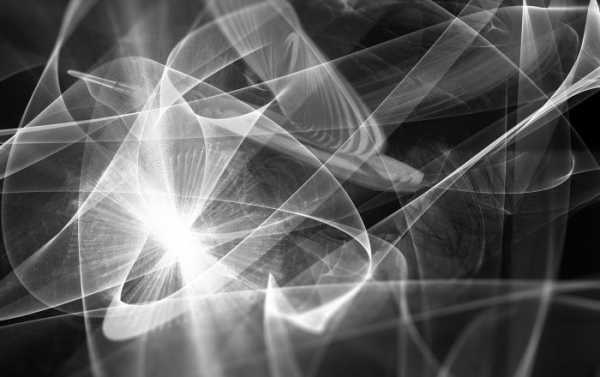
Earlier this month, scientists made an exciting discovery in Antarctica, detecting a super-high energy type of neutrino seemingly able to travel ‘through’ our planet without interacting with other particles along its path. That’s something which shouldn’t be possible under the Standard Model of particle physics.
Physicists experimenting at the Stanford University-based SLAC National Accelerator Laboratory have successfully tested a new kind of radar ‘neutrino telescope’ which they say will help them detect cosmic neutrinos in Antarctic ice, and do so for a fraction of the cost of existing neutrino-hunting stations, Physics World magazine has reported.
The new tool works by detecting radar echoes created by bouncing radio waves off a cascade of charged particles formed when neutrinos (i.e. a type of cosmic subatomic particle similar to an electron, but with just a fraction of the mass and almost no electrical charge) travel through them.
Having an estimated cost of just a few million dollars (a big savings compared to the $275 million price tag of the South Pole-based IceCube Neutrino Observatory) the new measuring tool is also based on a completely different operating principle, which is expected to allow it to detect super high-energy neutrinos undetectable by IceCube or the Antarctic Impulsive Transient Antenna (ANITA), an airborne monitoring array which searches for neutrinos by flying a balloon over the continent with radar antennae pointing toward the ground.

A balloon launches the ANITA antenna
The radar ‘neutrino telescope’, proposed by physicist Steven Prohira and his colleagues at Ohio State University, uses an ‘active’ radio detection method which forces electrons kicked out of alignment by neutrinos to oscillate when externally applied radio waves are applied to them, and then using sensitive antenna to pick up the ‘echo’ caused by the interaction. The scientists demonstrated the new tool in a controlled environment at the SLAC laboratory, and are now hoping to test it out in the field in Antarctica itself, first by setting up an experimental detector, and then a full-sized radar array if it proves successful.
What does the new kind of radar neutrino telescope mean for the world of physics? Well, for one thing, perhaps it can help scientists learn more about the mysterious new ‘impossible’ type of neutrino picked up by ANITA revealed by researchers in The Astrophysical Journal earlier this month. Or, maybe it can lead to new insights into the elusive geoneutrinos caused by radioactive decay in our planet’s core.
Sourse: sputniknews.com
0.00 (0%) 0 votes


































